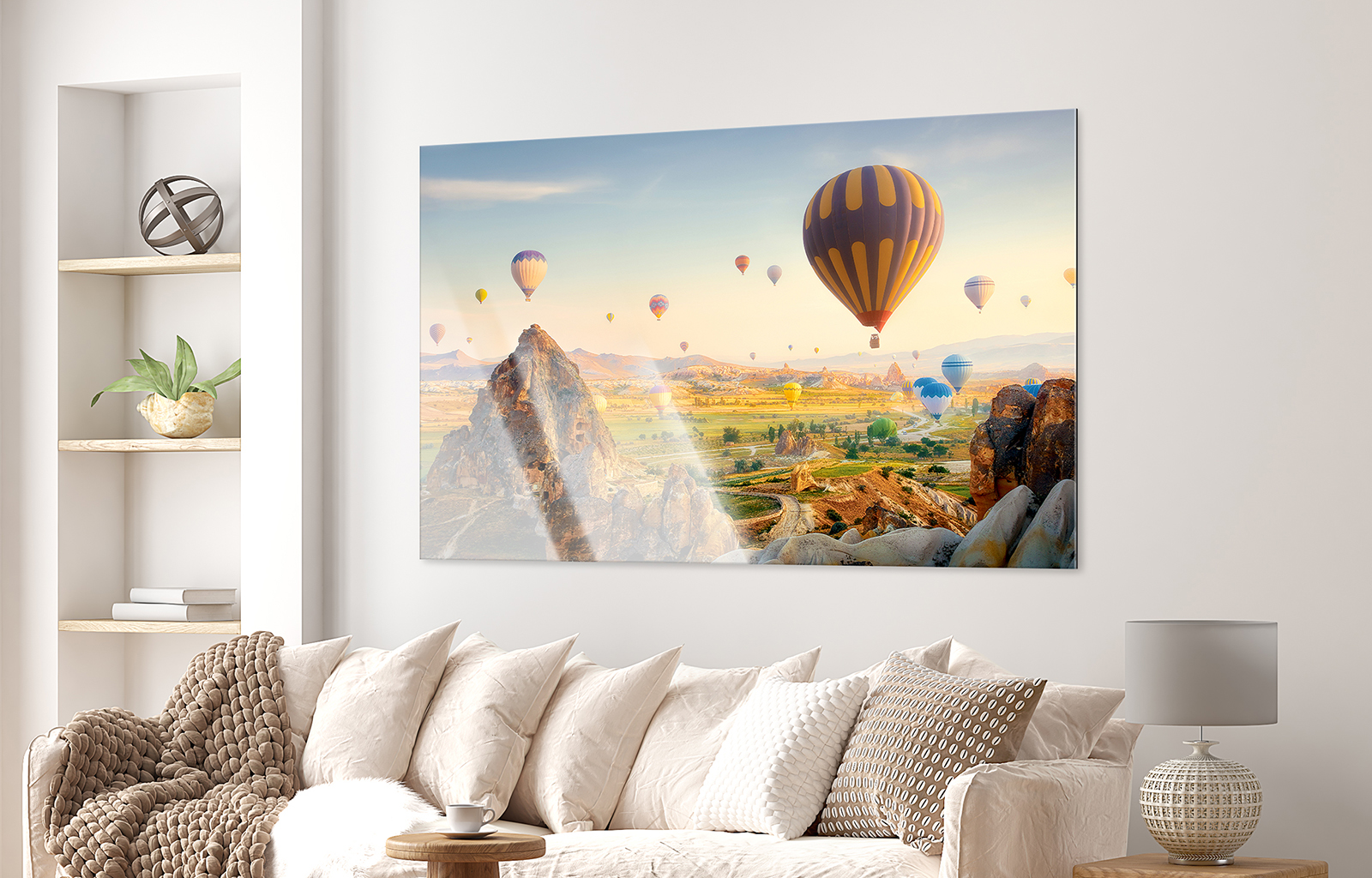Sponsored Post
As one of the world’s most awarded photographers in the category of newborn, maternity and family portraiture, Kelly Brown knows how important it is to choose the right paper for the job. “Judges want to see details everywhere, throughout the print, in highlights and in shadows,” she says. Depending on the type of paper a photographer chooses, these details can either be lost in the fabric, or drawn out in gorgeous relief.
Brown is often reminded of how important paper choice is when she herself judges competitions. “There are usually a couple of prints where you just want to shake the photographer because they didn’t choose the right paper,” she says. “Often, I’ll fall in love with an image, but it won’t win an award because the print itself is terrible.”
It’s not just in competitions where paper choice matters. Brown also carefully considers the papers she uses when presenting packages to clients at Little Pieces Photography, the state of the art studio she runs in Brisbane, Australia.
“We arrange a series of matted prints on a wall, and 99.9% of the time, the client walks out with all of them,” she says. “It helps for them to be able to touch the prints, to pick them up and to see all of the details.”
How do you know which paper is the right one for your print? Below, Brown outlines her thoughts on the process.
Baby Flower
Canson Infinity Edition Etching Rag
Created for competitions, “Baby Flower” is inspired by a spread Brown saw in a fashion magazine. In the original image, the flower was digitally drawn. Brown created a handmade version using foam core and carpet padding. She then photographed a newborn in the center of the flower using bright lighting to create a high-key effect.
Needless to say, the photograph was challenging to print. With the wrong paper, the subtle details in the layers of white would be lost, making the image look washed out and flat.
After printing the image on a variety of papers, and examining them under different lighting scenarios, Brown chose the Canson Infinity Edition Etching Rag for its ability to highlight details and sharpness. “It added a really beautiful texture to the image, which I loved,” she notes. She believes that this is due to the heavy, cotton-based material, as well as to the paper’s pure, white tone. “When I compared this print to the others, it stood out.”
A black-and-white version of the print went on to win first place in WPPI’s 2015 Portrait Division—Newborn, along with other awards.
Baby in Green
Canson Infinity Baryta Photographique
Indicative of the work Brown shoots for clients, “Baby in Green” features a newborn wrapped in a soft teal fabric. It’s the fine details that really make the image stand out, like the texture of the fabric in contrast to the newborn’s incredibly soft features, along with the deep, rich color.
For the print, Brown chose Canson Infinity Baryta Photographique, which excels at capturing the nuances of color. “The photograph has a beautiful rich palette, and I really wanted to capture that brilliance in the print,” she says. It is also museum-grade, which means that prints won’t fade or diminish over time.
Brown generally photographs on the darker side of the color spectrum, and because Baryta Photographique captures detail and contrast beautifully, she uses it often for client work.
Leaves
Canson Infinity Platine Fibre Rag
Unusually dark for a newborn portrait, “Leaves” is the result of a papier-mâché leaf sculpture that Brown commissioned from a local artist. For the photograph, which Brown entered into competitions (in 2017, it won second place in WPPI’s Portrait Division-Newborn) she photographed the leaf against a dark brown canvas.
The images’ deep black tones require careful printing, so Brown used the Canson Infinity Platine Fibre Rag. “It just soaked up the color,” she says, noting that it’s perfect for printing images with rich, dark colors. “Underneath light, it also has an absolutely gorgeous texture.”
Twins
Canson Infinity Baryta Photographique
“Twins” was a challenge because of the layers of dusty pink tones. With the wrong paper, such tones would lose their impact and look dull and washed out, Brown notes.
But the Baryta Photographique has a certain brilliance that allows the colors to show through. The paper, Brown notes, allows for subtle contrasts between similar shades, while also providing a smooth finish to the final image—perfect for this newborn portrait.
Paper choice can make all the difference, Brown notes. Having technical camera skills is one thing, but if you’re trying to impress judges or clients, having the right presentation is paramount.
Learn more about Canson Infinity papers and get a free Baryta Prestige sample here.
—Sponsored by Canson









